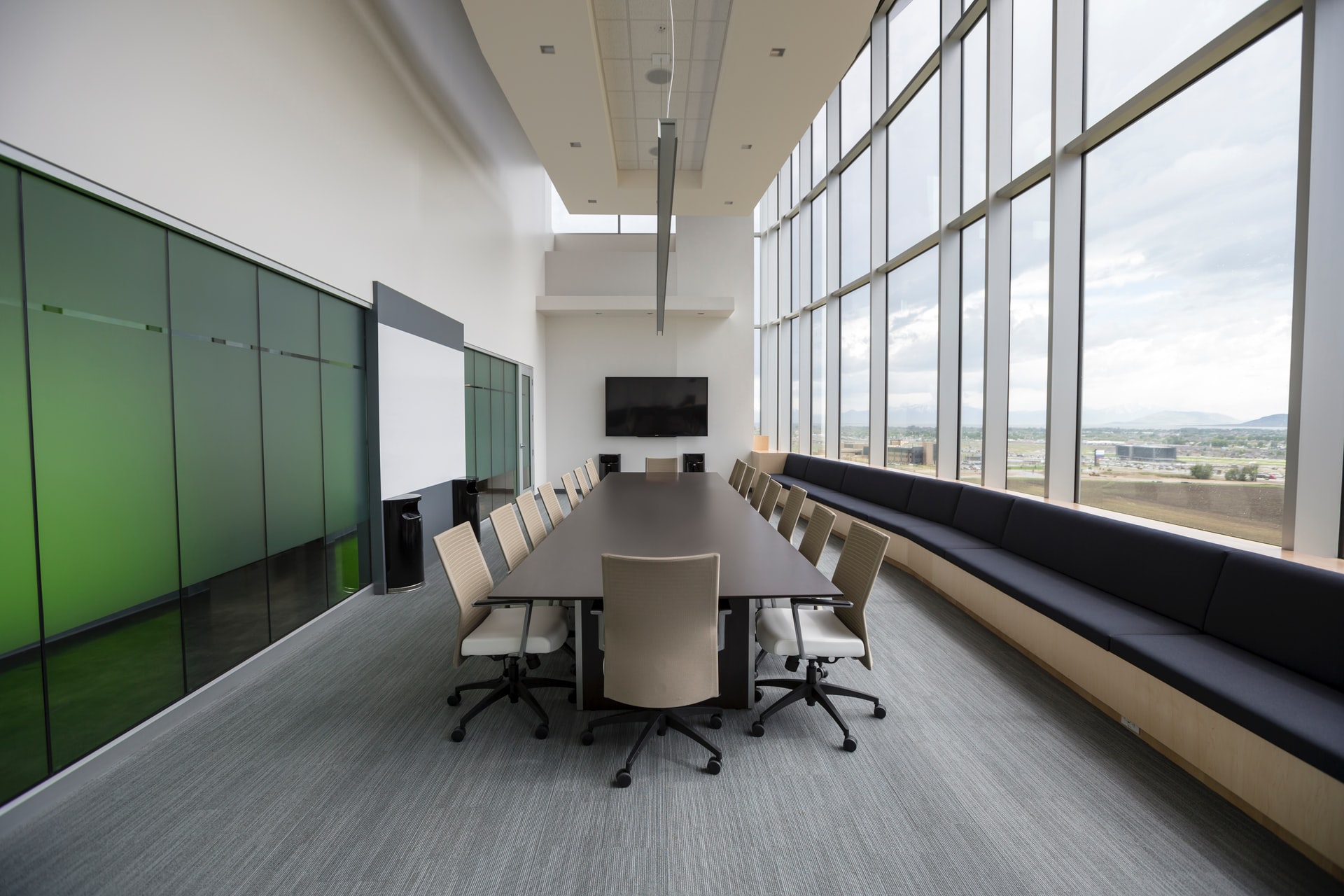Communications, cost, and efficiency are among the three most common operational problems and affect nearly every level of business. While these problems can relate to anything from poor management to improper business processes, they often relate to a simple lack of tooling or appropriate tooling for the job at hand. Integrating business tech is often enough to solve many operational problems, including poor communication across offices, high office costs, and even data management.
In this article, we’ll cover how three enterprise organizations solved similar problems by integrating tools including managed print solutions, networking, and video conferencing.
Dillard’s and Xerox Managed Print Services
Dillard’s is one of the largest retail chains in the United States, with 292 stores active in 29 states and average yearly sales of $7.3 billion. While a large-scale enterprise, Dillard’s was investing a considerable sum into merchandising efforts. The chain installed new merchandising standards, with display setups, signage, and posters provided from the main branch to ensure consistency across stores. This created problems in that digital files were too large to share and print successfully at each location, leading Dillard’s to make the costly and time-consuming decision to print at their home-base in Little Rock, Arkansas, and manually ship merchandising material to individual stores. With a lead time of up to 3 weeks, this process was inefficient and made it impossible to make last-minute changes or updates. Dillard’s also faced problems surrounding paper processes for payroll and workforce, a large volume of paper waste, and audits/inventory. Dillard’s partnered with Xerox to attempt to find a solution.
Xerox introduced their managed print services (MPS), which included a cost-saving and management analysis. Their first step was to replace old printers with higher quality printers capable of printing high-quality files for displays and merchandising. Xerox also introduced an online file-management system and network, making it possible to share previously too-large files directly to individual stores. The DocuShare technology also enabled Dillard’s to cut paper waste, because many files didn’t have to be printed, only viewed digitally. The result is a streamlined and automated process, where headquarters can simply mail out files, and individual stores can print at less than a ¼ of previous costs. With improved flexibility and versatility of print services, Dillard’s was able to reduce total investment, improve speed to print, and offer faster and less wasteful solutions to meet HR needs.
Cisco Video Conferencing
Cisco is one of the world’s largest IT service providers, with a network of clients across the globe and an annual revenue in excess of $49 billion. The company’s diverse offerings naturally result in offices spread across countries, leading to numerous problems with communication and inter-office collaboration. Cisco’s largest problem was that phone and email simply were not enabling the same quality of communication as in-person discussions, leading to poorer collaboration between inter-related teams. After research, Cisco chose video conferencing as a solution to bridge the gap between offices.
Cisco chose to install an IP-based video-conferencing solution, connecting their offices at more than 800 points. Teams can now call and chat one-on-one or as a whole with video to share body language and to improve connections across distances. Cisco integrated a simple system, where individuals simply dial a specific number to access an office, and then are broadcast onto a screen in the office – so that everyone or just a few people can join. Cisco claims a more than 200% increase in learning retention, up to 38% increased attention in virtual meetings, and as much as a 55% increase in overall communication. The result was a solved communication problem, enabling Cisco to easily communicate between offices without spending money flying team leaders or entire teams to new offices during projects requiring collaboration.
Honda Motors Global Supplier Network
Honda Motors is widely recognized as one of the largest auto manufacturers on the planet, with an annual revenue of $14.6 billion. As one of the largest companies on the planet, Honda Motors still experiences difficulties with operations. One of their largest operational problems was moving large design files such as CAD (Computer Aided Design) between computers and from office to office. These files are extremely large and often outsourced to suppliers. With 20,000-30,000 CAD files needed for a single car, Honda’s network needs were extremely high, and transferring a single file with the old method could take as long as a few weeks. This greatly increased total costs while slowing production, especially considering the high volume of transfers required. With a several week lead time from each supplier, development could be held up for months simply waiting on data transfers.
Honda began developing an internal global supplier network capable of handling both the large-volume file transfer and the high-density file transfer. To achieve this, they partnered with NTT, developing an enterprise level cloud network across 5 countries, tying into internet access for suppliers across the globe, and offering private access for Honda Motors, whose servers are offline. The system worked to reduce data transfer time across countries, linking some 10,000 suppliers into the same network for increased efficiency. As a result, Honda Motors saved some 30% in operational costs relating to data transfers.
Business technology including networking, conferencing, hardware rental, and managed IT services like MPS can all greatly contribute to operations. Investing in newer and more efficient business technology can save money and can enable operations to run more smoothly and efficiently, which does benefit organizations as a whole. If you are experiencing operational problems, it’s important to review the causes of the problems, identify whether they stem from processes and people or lack of tooling and tools (or both) and take steps to correct them. In most cases, inefficient processes can be improved by introducing better tooling. You can also often save money by introducing managed IT services, renting hardware, or investing in more efficient hardware to reduce the total cost of projects.
While tooling isn’t always the correct solution for operational problems, it often is.




